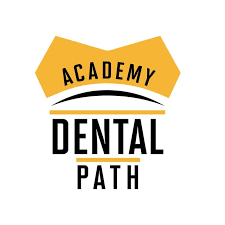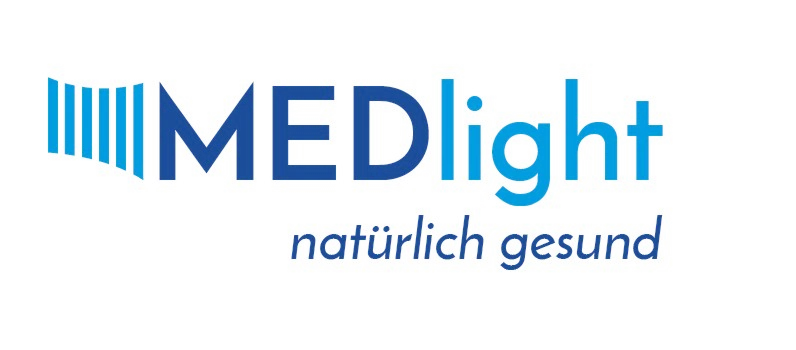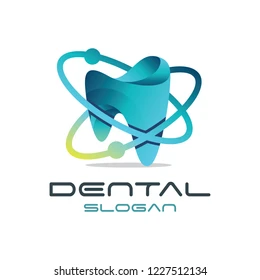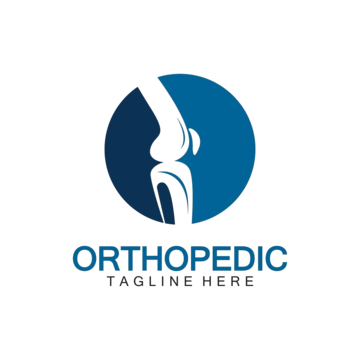DentalPath Lite
Context
DentalPath Lite is the stripped-down edition of a larger CAD/CAM ecosystem, meant less for production and more for orientation. It gives dental teams a way to open scans, check alignments, drop in a few notes, and basically understand where a case is heading before handing it off to a lab or moving to a full-featured design tool. The idea is to keep the entry point simple — a lightweight viewer with just enough functions to be useful in training or daily review.
For administrators this is a low-risk deployment. It doesn’t need heavy hardware, runs smoothly on ordinary Windows desktops, and doesn’t add licensing overhead. In practice, it’s often used where budgets are tight or where clinicians only need to view and annotate scans, not design crowns or guides.
Technical Profile (Table)
| Area | Details |
| Platforms | Windows (main target), sometimes run in VM on macOS/Linux |
| Core functions | Scan viewing, alignment, distance/angle checks, annotations |
| Data inputs | STL or OBJ from intraoral scanners; demo cases bundled |
| Outputs | Screenshots, notes, annotated images (no mesh export) |
| Imaging | Read-only handling — cannot modify or export meshes in Lite |
| Networking | Local use; shared folders work for case distribution |
| Security | Depends on OS/domain policies; no encryption built in |
| Licensing | Free Lite tier; upgrades unlock CAD/CAM modules |
| Hardware needs | Standard CPU, integrated or basic GPU |
| Maintenance | Light upkeep; occasional updates for new file types |
Scenarios (Dental Use)
– A dental school installs Lite across lab PCs so students can practice opening and aligning scans without dealing with complex software.
– A clinic that outsources CAD/CAM uses Lite to review lab scans, mark up findings, and then forward notes along with the raw data.
– A small practice adopts Lite as a starter tool — enough to visualize and explain cases to patients while leaving manufacturing to external labs.
Workflow (Admin View)
1. Install the Lite package on Windows machines used by clinicians or students.
2. Set up shared directories so teams can pass around STL/OBJ files.
3. Confirm compatibility with scanners in use; some formats may need conversion.
4. Apply user restrictions so case data isn’t accidentally overwritten.
5. Document limitations — clearly flag that Lite won’t generate exports or CAM-ready data.
Strengths / Weak Points
**Strengths**
– Free and very easy to deploy.
– Recognizes common scanner formats out of the box.
– Clear, straightforward interface; minimal learning curve.
– Works fine on standard office PCs, no need for high-end workstations.
**Weak Points**
– No export or advanced design functions.
– Not a substitute for a CAD/CAM workflow.
– Missing encryption and audit features.
– Windows-focused, limited flexibility elsewhere.
Why It Matters
DentalPath Lite isn’t the tool that finishes a case, but it is often the first one that helps a clinic or student lab make sense of digital scans. It provides a simple, inexpensive step into the world of digital dentistry. For IT admins, that means predictable installs, minimal support overhead, and a clear upgrade path if the institution decides to move into full CAD/CAM production later on.







